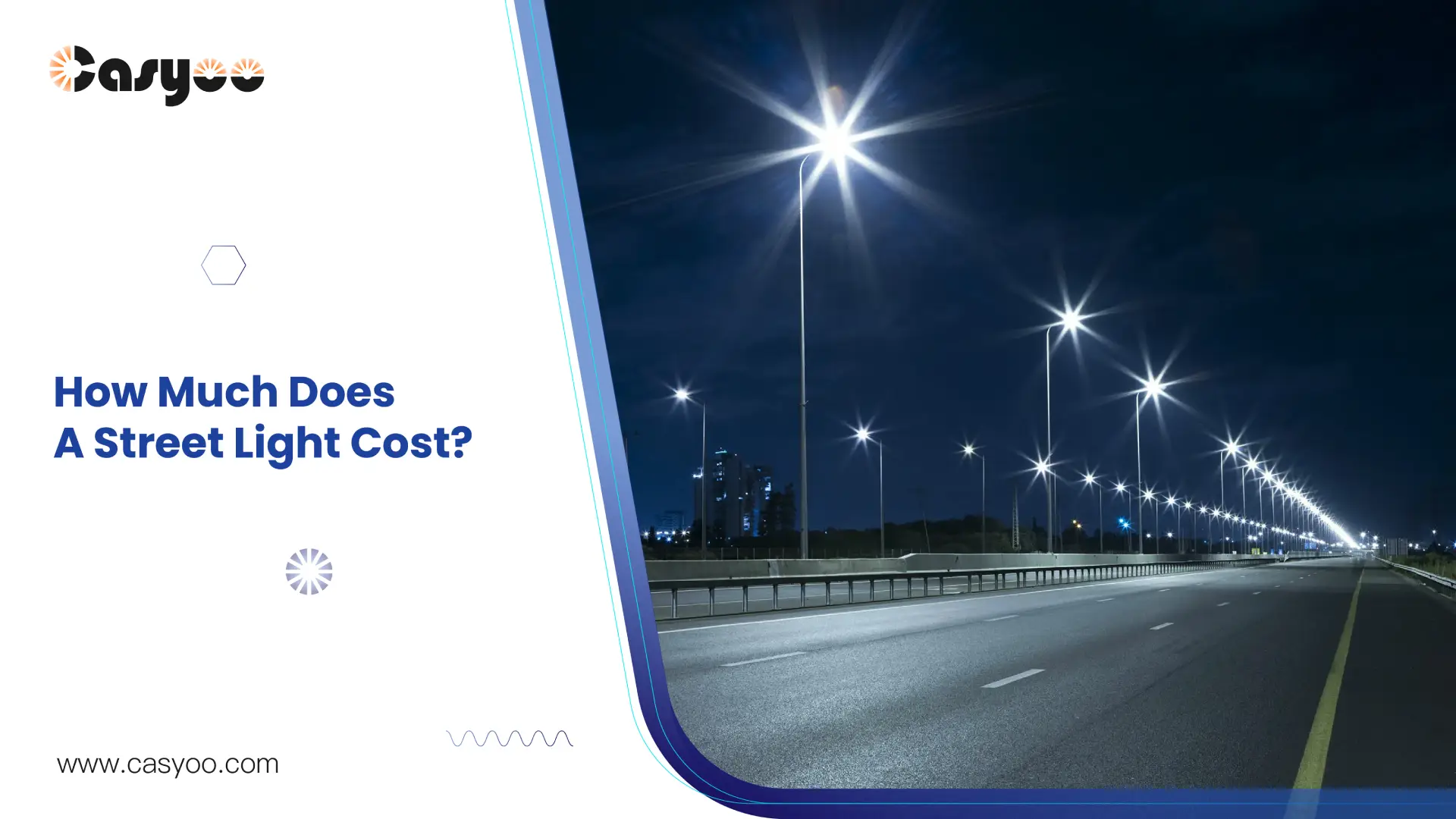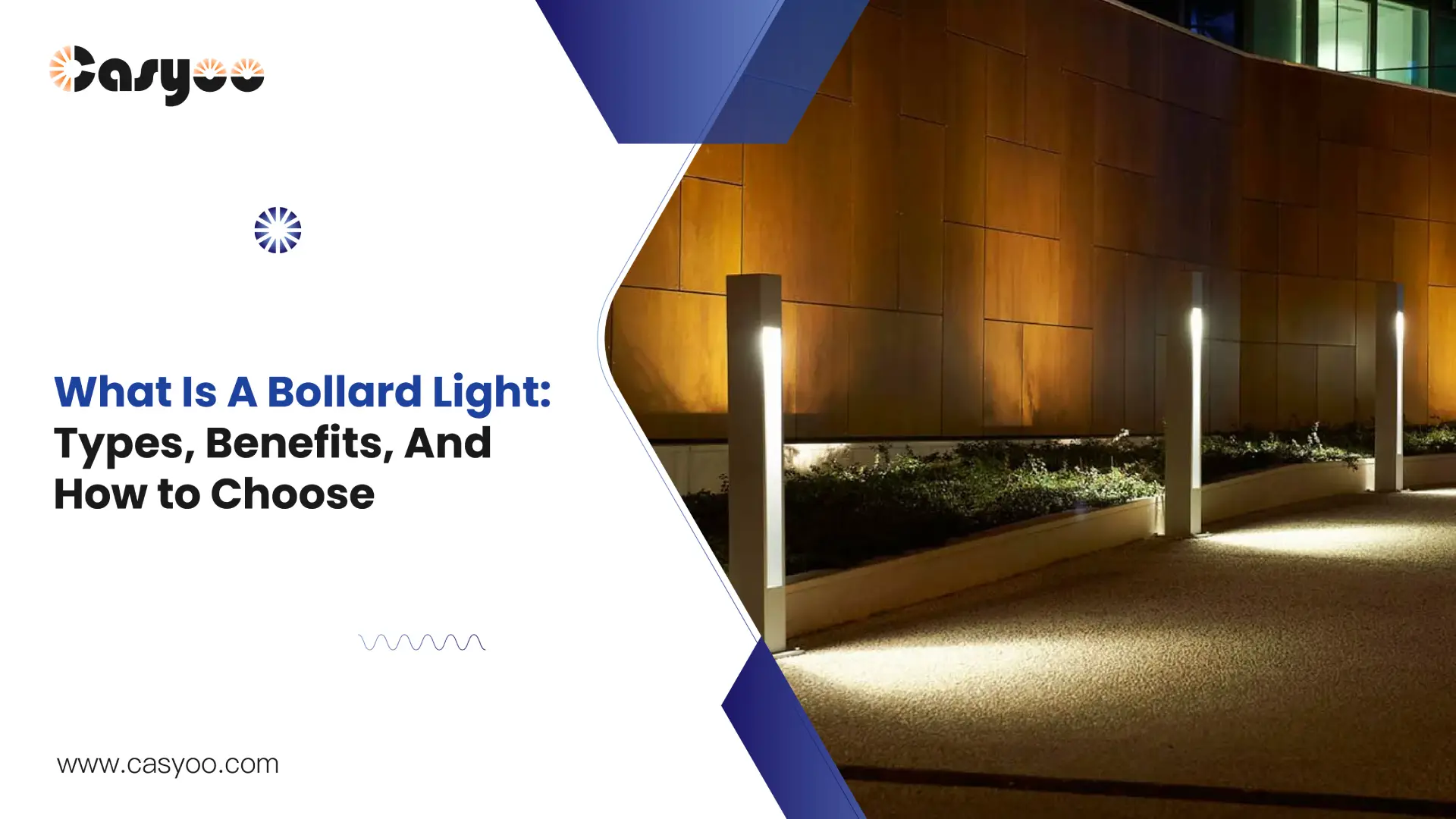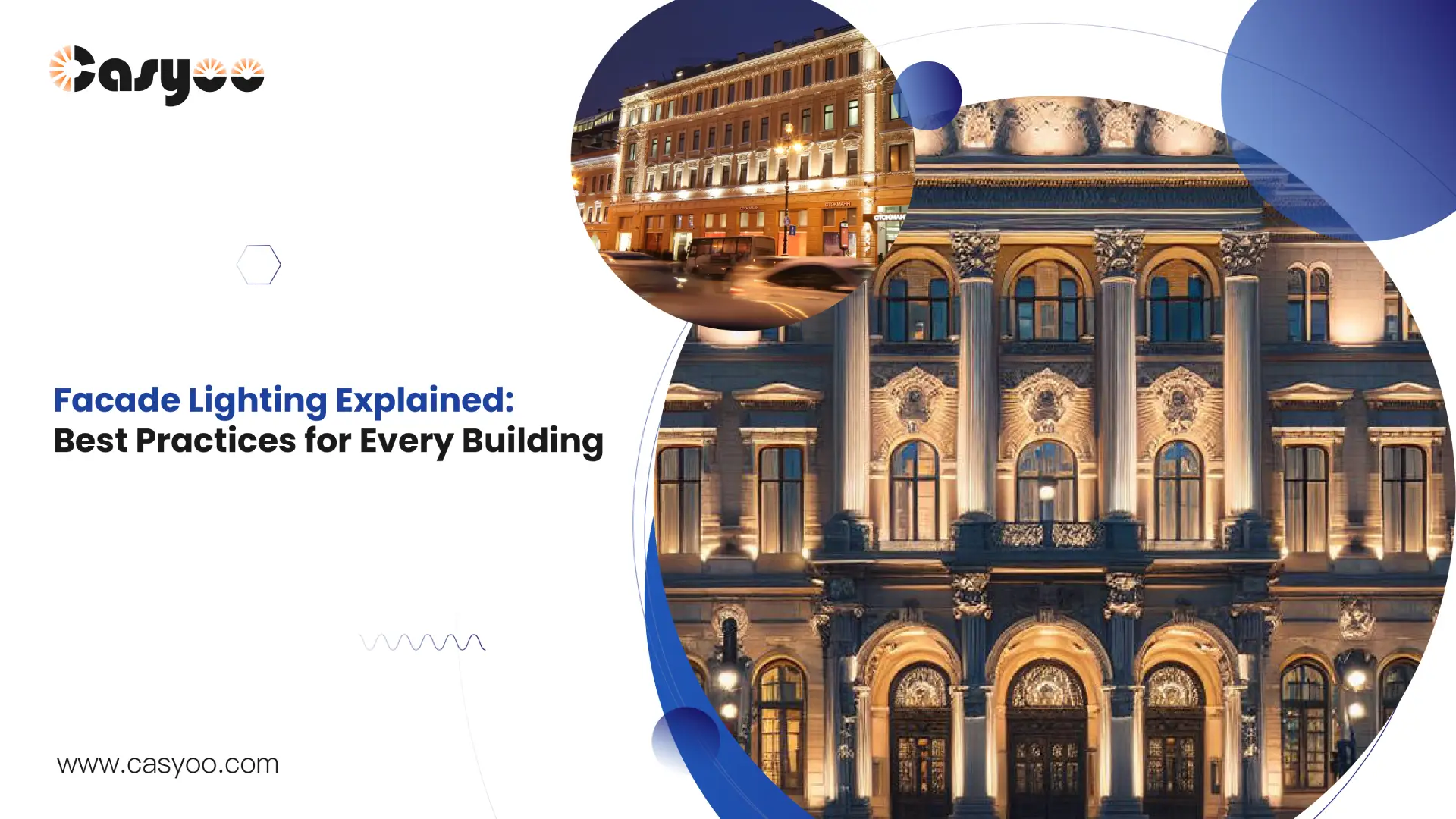
How Much Does A Street Light Cost?
Street lights are one of the most common lights in our lives. Are you curious about how much do they
After more than 17+ years of continuous improvement, Casyoo has always been dedicated to LED PCB and product manufacturing. With strong production and R&D capabilities as necessary and better after-sale services as a plus, Casyoo is committed to becoming the world’s leading LED Street light manufacturer. We are proudly able to provide rapid production of cost-effective LED products and PCBs, which we source from reliable suppliers like Sumsang and Osram. These products are guaranteed by coating confirmation, aging testing, and other professional tests, as well as certifications like CE, UL, BSCI, etc.
Categories
Wattage
Casyoo offers versatile LED street lights tailored to diverse scenarios, enhancing residents’ living environment with customized solutions. Our LED street lights boast modern LED technology, superior energy efficiency, and a more rational optical design. They also exhibit excellent resistance to dust, water, and harsh weather conditions.

Switching to our LED lamps can cut your energy bills by up to 80% when compared to traditional metal halide lamps.

With a service life of over 100,000 hours, our LED lamps ensure fewer maintenance costs and less frequent replacements.

Our LED lights provide a spectrum close to natural light with excellent color reproduction.

Installation is a breeze, and maintenance is a snap, thanks to their lightweight design and user-friendly features.

Providing a more uniform and precise light distribution. Our lamps reduce dark spots and enhance overall illumination quality.

Rust-proof materials and anti-corrosive coatings, combined with IP65 waterproof rating, make our lights perfect for outdoor use in various environments.

Casyoo offers countless options in size, output, and other aspects of our lights, catering to the specific lighting needs of urban spaces.

Our sleek, contemporary designs blend seamlessly into modern urban settings, enhancing city viewa.
Contact us to request a free light plan to help you see your needs.

You can customize lamps with different shapes and colors

By changing the chips in the packs, you can change the brightness

Dimming, smart control, color changing and more

Lots of power options for choice

Support sending sample for check before batch production

Specific light distribution design for different applications

As a leading one-stop-shop OEM/ODM LED street light manufacturer, we can offer customized solutions in sizes, wattage, spectra, and designs based on your designs and requirements. Our services range from purchasing, quality management, cost improvement, product design, manufacturing, to assembly, and other value-added services. get to know our advantages!
• OEM/ODM Acceptable
• No MOQ
• Fast Delivery
• Customization
• Competitive Prices
• CE, FCC, RoHS, UL Certified
• 17+ Years of Experience

Street lights are one of the most common lights in our lives. Are you curious about how much do they

Bollard lights are 0.5-1 meter high column lights, often used as pedestrian walkway lighting. The unique and beautiful bollard lights

For a city’s overall impression, the nighttime view is significant. Building facade lighting is not just about lighting up the building,
LED street lights are energy-efficient, long-lasting, and cost-effective. They consume up to 80% less energy, have a lifespan 30 times longer than incandescent bulbs, and result in significant cost savings for cities. They can also be integrated with smart control systems for adaptive lighting and more functions.
In Casyoo, we offer LED roadway lights, solar street lights, LED flood lights, and decorative street lights. Besides, we OEM and ODM services and are thus able to produce customized outdoor LED lights.
The working principle of LED lights is to convert electrical energy into light energy. The LED lamp bead is a semiconductor transistor composed of P-type and N-type semiconductors. When current passes through it, the electrons and holes in it will combine, which produces light.
While LED street lighting is a popular choice for saving energy, it may cause glare and produce blue light that disrupts the circadian cycles and sleep of the residents. However, reliable manufacturers can mitigate the influence through reasonable light distribution.
The LED street lights can last for 10 years or longer. Because they are of higher quality and emit less heat than traditional lights, LED lights have a longer service life.
For those who want a clear view first, 4000-5000 K cold white is the best choice. For those who want to make the light look more comfortable, 3000-4000 K warm white is better.
Firstly, choose an LED light of suitable wattage so that it is bright enough and won’t waste too much energy. Secondly, as they work outdoors, you should find those with at least an IP 65 rating to resist the harsh weather. Thirdly, choose those that have a long lifespan, so you don’t need to fix them too frequently.
LED lights are the best for garden illumination. As they emit little heat, they are safe to use. Besides, LED lights have a high light efficiency, so they can save energy when working for long hours.
The sports lighting has different lux levels for the stadium at different occasions, like training, amateur competitions, and professional competitions. Take badminton court as an example; the lux level for the above three occasions will be respectively 300, 500, and 750.
Solar street lights are widely used in rural areas because most places are very remote. Setting up the grid for the lights will be difficult. Solar street lights are of high quality, and the installation of them is simple, so they are suitable for rural areas.
There are many different ways to control outdoor LED lights. For example, to control LED roadway lights, you can set the timers, make use of the light sensors, set programs, etc. For smarter lights with controllers inside, they can receive instructions from the control center and be controlled through the internet.
You can check the following aspects of the LED street lights to make sure you can fix the problems in time: brightness, whether the lampshade and the street lamp are damaged, whether the power cord is aging, broken, etc., and if there is dust covering the radiator of the street lamp.


